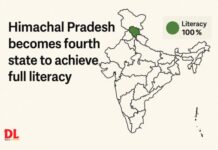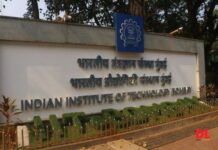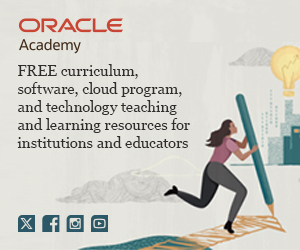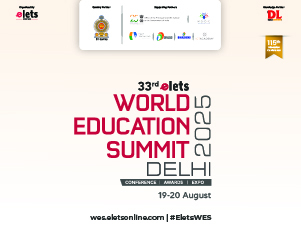EDITORIAL
A stitch in time…
COVER STORY
India Progressing Towards Universal Elementary Education
RESEARCH
Social Space in Online Forum
SPECIAL REPORT
Catalysing Change 2006-07 CSR Practices of IT Companies
CORPORATE DIARY
Leaders’ Speak Sanjaya Sharma Founder-CEO, Tata Interactive Systems
SCHOOL TRACK
Nurturing the New World Trends in Education The Indian School Swati Kohli
THE FOYER
CAP Foundation Launches Workforce Development Initiative
REGULARS
Mark Your Calendar
NEWS
India



















